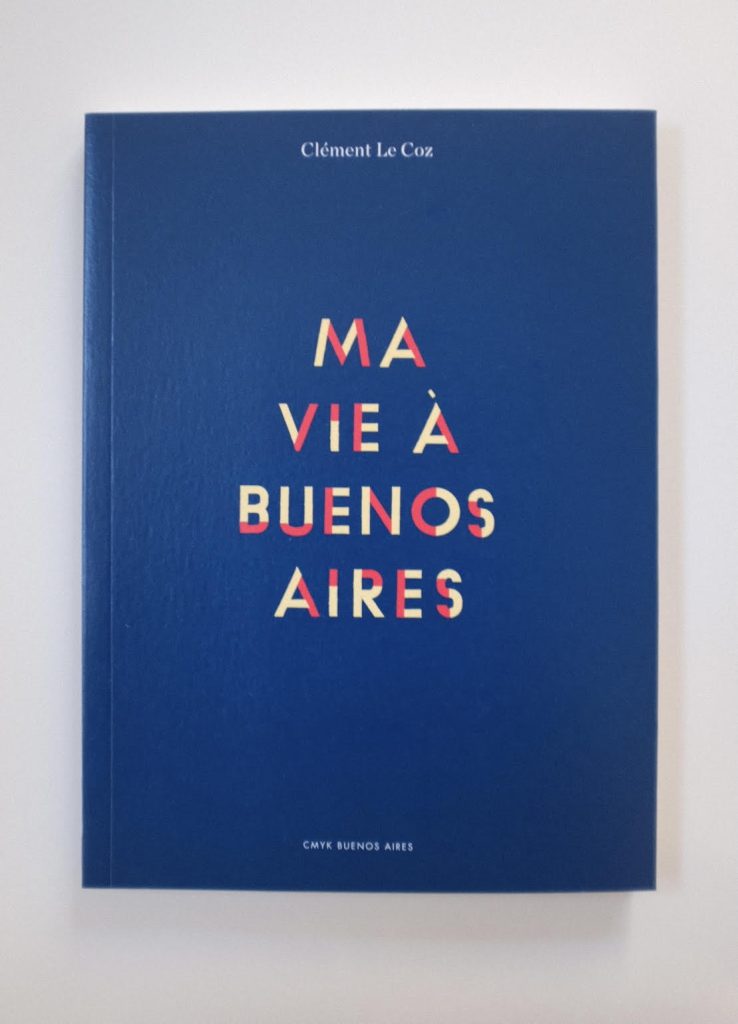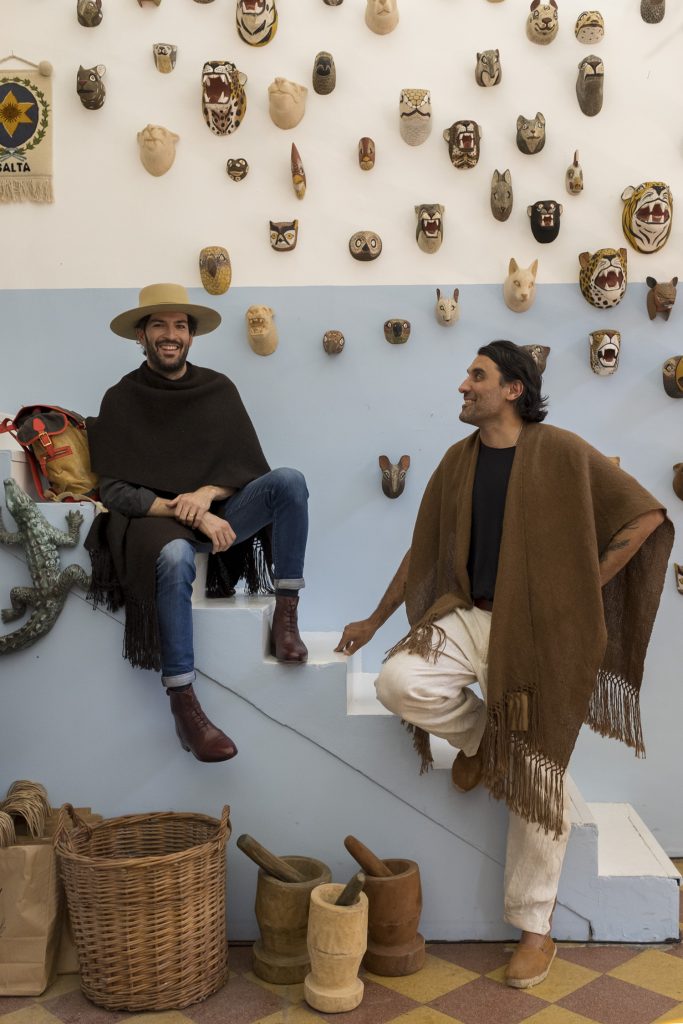Parisian Author Clément Le Coz’s Love Letter to Argentina, “Ma Vie à Buenos Aires”
An english-language exploration of the South American city’s cultural charms

In 2014, after nearly 10 years living and working in Buenos Aires, Paris-born author and cultural advocate Clément Le Coz launched a concierge service in the Argentine city to guide ex-pats toward restaurant debuts, thought-provoking exhibitions and an array of engaging activities. During the pandemic, however, the need for such services was upended. To compensate for the change, Le Coz took the cultural cache he’d accumulated and penned the just released Ma Vie à Buenos Aires, a book about discovering Buenos Aires as a Parisian. With images by Emma Livingston, the book is as much an art object as it is a functional guide.
Interviews with creative, cultural and gastronomic leaders—including chef Francis Mallmann, Julian Bedel (the founder of Fueguia), restaurateur Pablo Rivero (the owner of Don Julio and El Preferido) and Archibaldo Lanus (Argentina’s ambassador to Paris in the ’90s)—complement Le Coz’s personal knowledge. Altogether, it’s a love letter to a city that’s imbued with the observant author’s curiosity. In advance of the book’s release, we spoke with Le Coz to better understand his particular lens and find out what he hopes will come of it all.

What compelled you to write this book?
I think of it as a tribute to the city and what I consider its iconic inhabitants, architectural gems and most fashionable stores. I did not know what the outcome would be either. I followed my instinct. The only thing I was sure about is that I was enjoying the quest. I started interviewing people I admire: restaurant owners, chefs, artists, musicians, politicians, fashion designers, treasure hunters, craftsmen. I conducted a total of 40 interviews. I then started to organize the interviews by integrating them into my own story. When restrictions were finally looser, I decided to take pictures with these cultural characters and key friends in the spots I mention in the book. Ma vie à Buenos Aires is a journey through my Buenos Aires.

How did you determine the scope—from fashion to architecture, culture, food, art and everyday life tips.
The scope of my book is a typical day in the city. When I decide to get out of my apartment, there is always a mission: get my shoes fixed at the cobbler, bump into an architectural wonder, make the most of a temporary exhibit at the Malba museum or have brunch at Farinelli. I enjoy getting lost in the city and discovering new spots with the only purpose of sharing them with others. I see myself as an urban treasure hunter.

With all that in mind, how did you design the layout of the book?
The book is both a guide and a series of short stories staging my tips. The pictures were taken by my friend, photographer Emma Livingston. For the light and the locations, I referred to three famous Argentine photographers: Horacio Coppolo, Sara Facio, Facundo de Zuviria. For the art direction, I paired with my wife, Justina Socas, an artist and art historian. The cover is a 320-gram paper; blue and red for France. The title also displays yellow for the sun of Buenos Aires. With another friend, the designer Ezequiel Diaz Ortiz, we imagined a title with Art Deco typography, a wink to the rationalist buildings of Buenos Aires. The shape of the title could be seen as a boat coming from Europe to Buenos Aires. By the end of the 19th century and beginning of the 20th century, many Europeans immigrated to Buenos Aires. The idea was to put the emphasis on the historical relationship between the French and the city of Buenos Aires.

How did you determine who to interview?
After 10 years in Buenos Aires, I gathered a lot of information and, of course, the difficulty relied more on what to promote in the book. Through the interviews I wanted to offer the most representative profiles of the city. Each guru has their own particularity on the local cultural scene. As for the recommendations, I looked for a maximum of 100 tips displayed in six categories in order to be as functional as possible. They are useful to foreigners and Buenos Aires residents.
This is an object book to be cherished but it’s also functional. What’s the best way to make use of it?
The main goal is to get any reader’s attention for at least one element of the book: where to have a coffee on a Sunday morning, where to buy a piece of vintage clothing for a party, where to get your shoes fixed or your jacket cleaned, where to go for a date or the ideal gift for an anniversary.

Do you see a connection between Paris and Buenos Aires?
This is a question that everybody asks me. First, the architecture of Buenos Aires was inspired by the Paris of Baron Haussmann. The Avenida de Mayo is a striking example of the Parisian influence on local urbanization by the late 1880s. Second, the way porteños [Buenos Aires residents] consume at cafés is very close to the Parisian lifestyle: the espresso, the croissant, the large terraces and the newspaper. Tortoni café on Avenida de Mayo was a replica of the famous Tortoni café in Paris. And last but not least, the atmosphere of Buenos Aires is as nostalgic as Paris’ atmosphere. Both cities are full of contrasts where the old fashioned live with the modern. The general feeling is that you are in a vintage city, living a movie from the ’60s or ’70s.
Images courtesy of Emma Livingston












